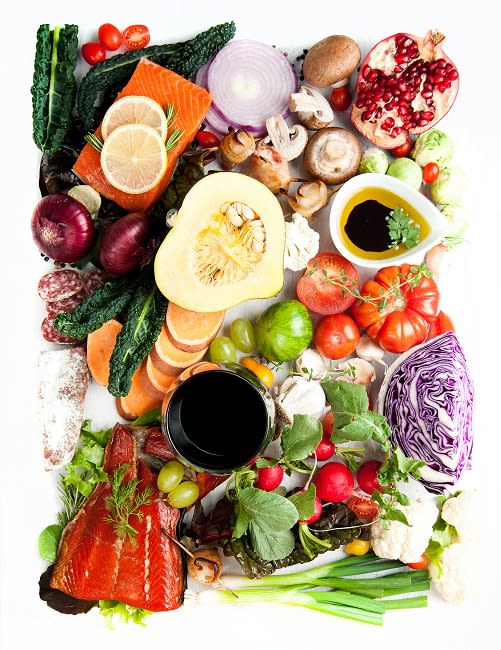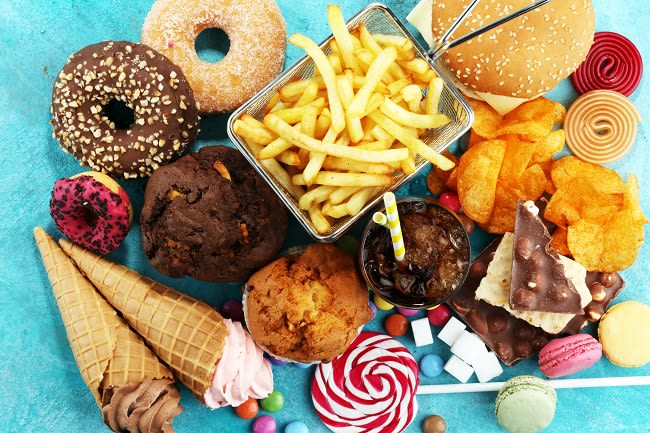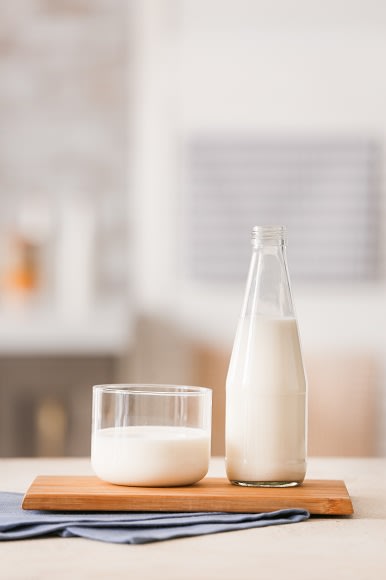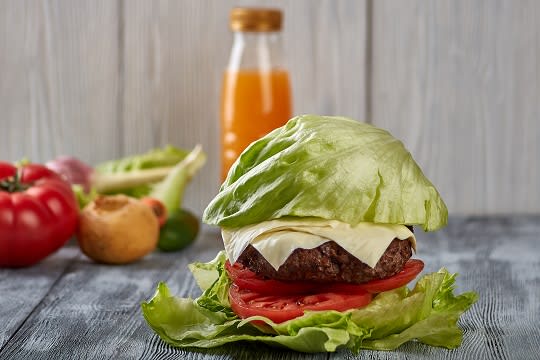
Paleo Dieting 101: Paleo Diet Foods
Paleo Dieting 101: Paleo Diet Foods
What Foods Can I Eat on the Paleo Diet?
Intrigued? Read on to find out the basic paleo diet rules, including what foods to enjoy and which to avoid, as well as modifications to make the paleo diet work for you.

Paleo Diet Food List: What You Can Eat on Paleo
There are plenty of foods that can be enjoyed on the paleo diet. A general rule of thumb for your paleo grocery list? The less processed, the better! Many types of foods will build the base of your new paleo eating plan. Firstly, meat! Beef, chicken, turkey, and pork can all be on your shopping list. If possible, opt for grass-fed and organic cuts. And then there’s fish and seafood such as salmon, mackerel, tilapia, and shrimp – whatever you like! Reach for wild-caught, if available. Don’t forget, you can also have eggs – choose free-range if you can.
Fill up your cart with any and all vegetables; from broccoli, cauliflower, peppers and carrots to lettuce, kale, and avocado…the list goes on and on! Of course, any and all fruits are welcome on the paleo diet including apples, oranges, pears, strawberries, blueberries, raspberries, and more. And don’t forget tubers such as potatoes, sweet potatoes, turnips, yams, and so on.
Nuts and seeds such as macadamia nuts, almonds, walnuts, hazelnuts, pecans, pumpkin seeds, and sunflower seeds play an important role on the paleo diet. As do healthy fats and oils from fruits or nuts (extra virgin olive oil, avocado oil coconut oil, walnut oil, etc.). And go wild with spices: salt, pepper, garlic, oregano, turmeric, chili peppers, cinnamon, rosemary…the choice is yours!
Make sure your paleo shopping list is full of these foods. Again, go for grass-fed and organic options if you can. And remember! Choose the least processed options.

Paleo Diet Food List: What You Can’t Eat on Paleo
Now that you know what food to enjoy, let’s look at the foods you’ll have to avoid on the paleo diet.
Sugar and high-fructose corn syrup products, which includes most sweets including ice cream, soda, candy, and cakes are off your shopping list. You should also drop artificial sweeteners, including sucralose, aspartame, saccharin, and anything containing them. Margarine and other “hydrogenated” or “partially hydrogenated” oils are to be avoided. You should also cut out vegetable oils (such as soybean oil, sunflower oil, cottonseed oil, corn oil, grapeseed oil, and safflower oil) as well as anything fried in these oils! Grains such as wheat, rye, spelt, barley, and anything made with flour (bread, pasta, etc.) are no-goes; as are legumes (beans, peanuts, lentils), diary (cheese, milk, yogurt) and alcohol (beer, wine, spirits).
Remember, if it was made in a factory, don’t eat it! And if the label has any ingredients that you can’t pronounce, leave it on the shelf. The paleo shopping list should be full of whole, unprocessed foods. The simpler, the better!
Paleo vs. Keto vs. Gluten-Free: What’s the Difference?

Modified Paleo Food Plans
For many people, completely cutting out entire food groups like dairy and grains can not only seem daunting, but may seem unwise. There are a host of nutrients these food groups deliver, like calcium and vitamin D, both of which are important for bone health. Thankfully, the paleo diet offers a bit more wiggle room than other diets like keto. You can think of the paleo foods as your new baseline for a healthy life rather than a super strict set of unbendable rules that cannot be changed.
You can, of course, take supplements for calcium and vitamin D. However, feel free to reach for dairy now and again. Just be sure your cheese, milk, butter, or cream is grass-fed and organic and watch out for additives. The same goes for grains. Many paleo plans include rice, a gluten free grain that won’t cause inflammation. Quinoa, though technically not a grain, is also fine in moderation.
Don’t forget, you can enjoy some sensible indulgences from time to time. A glass of red wine is high in antioxidants, as is dark chocolate. Again, load up on paleo foods as your baseline and adjust the diet to fit your life.
Sample paleo meal plan
Let's take a look at a simple, yet satisfying one-day paleo meal plan to show how easy it is to enjoy delicious food on the paleo diet:
- Breakfast: Omelette made of two eggs with onions and green peppers
- Lunch: Oven roasted chicken breast with steamed asparagus
- Snack: An apple or pear and a handful of walnuts
- Dinner: Pot roast with carrots and celery, gravy, and a side salad

Paleo Fast Food and Restaurants
Eating out on the paleo diet is easier than you think! Enjoy a burger at any burger joint, just skip the bun. In fact, several fast food chains even offer burgers wrapped in lettuce “buns.” Give it a try! If you’re headed to a burrito restaurant, go for a burrito bowl, and skip the beans, rice, and cheese. Everything else is fair game. Salads and chicken wings are also common and readily available. Just be careful: as we said before, just because a dish is labeled “gluten-free” or “keto” doesn’t necessarily mean it is paleo! Watch out for breading or added sugar. When in doubt, check the ingredient list or talk to the chef. Thankfully, more and more restaurants are accommodating dietary needs!